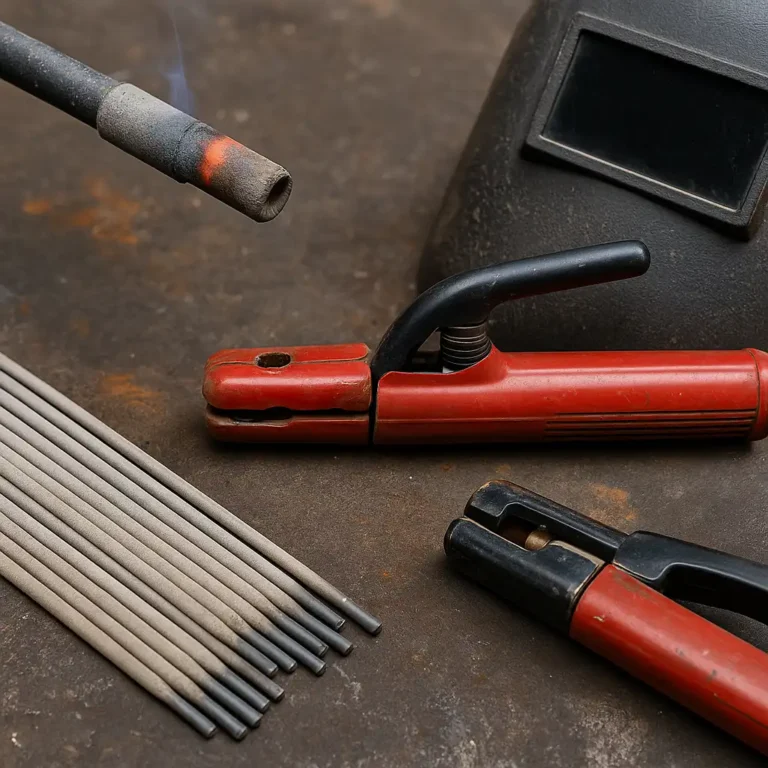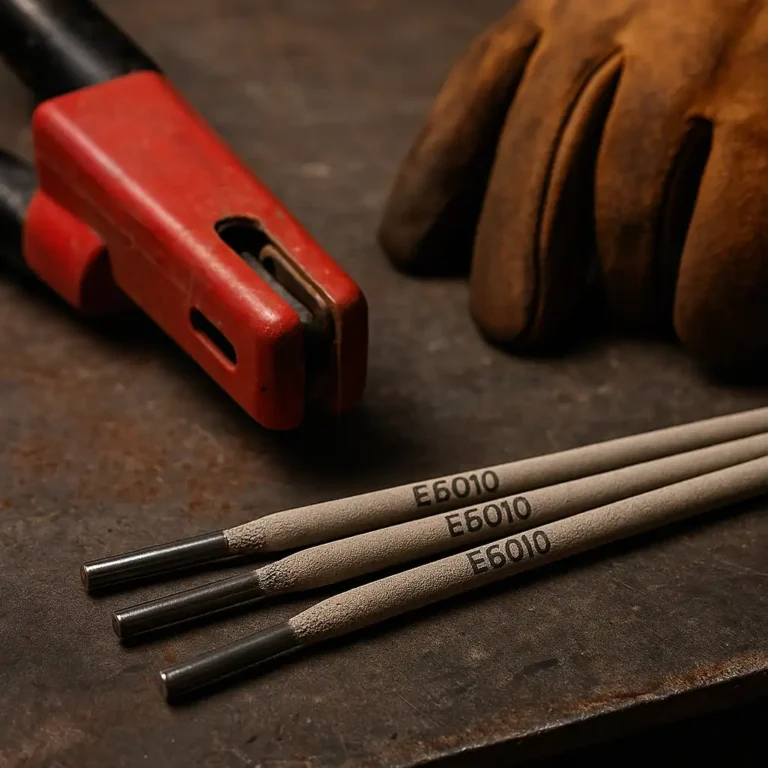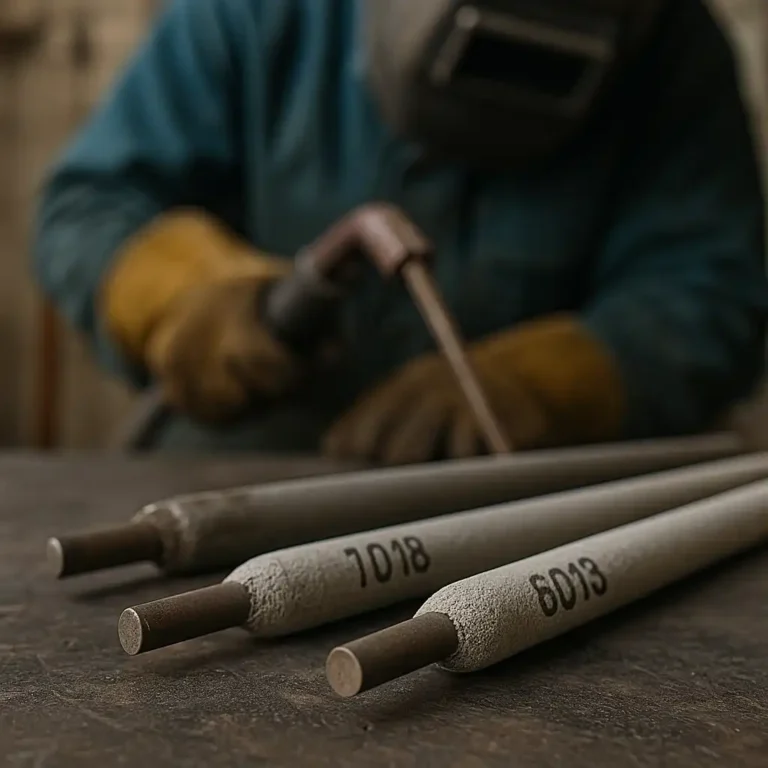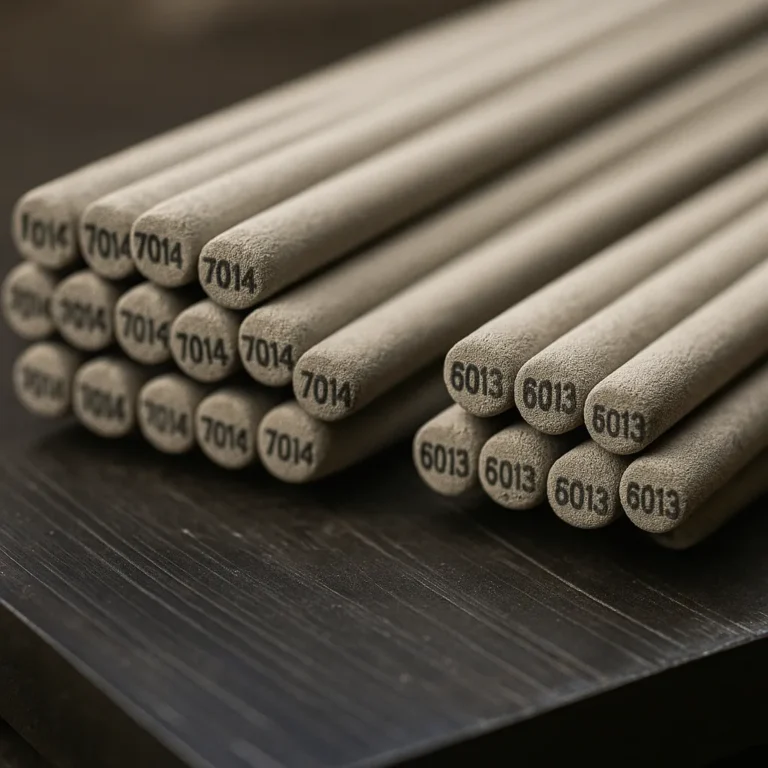6013 Welding Rod Uses – Best Applications and Tips
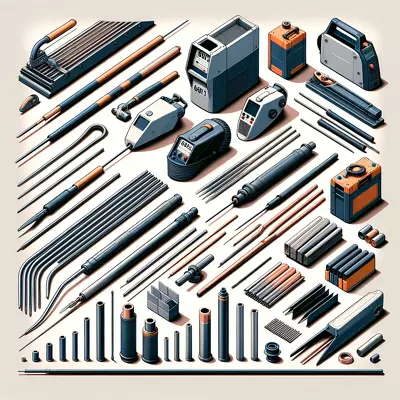
Disclosure: This post contains affiliate links. As an Amazon Associate, I earn from qualifying purchases—at no extra cost to you.
Last Updated: September 11, 2025
The 6013 welding rod is one of the easiest electrodes to run. It’s smooth, forgiving, and works well on clean steel. If you know what a 6013 rod is good for, when to use it, and the right polarity, you’ll save time and get welds that look clean without much grinding.
👉 If you’re exploring electrode options, our complete guide to welding rod types breaks down the main choices and how to use them.
📋 Quick-View Summary
🔧 Sheet Metal
⚡ Won’t burn through thin steel
🔧 Shop Fabrication
⚡ Smooth arc with a clean bead finish
🔧 Light Repairs
⚡ Runs fine on small machines, easy cleanup
🔎 Strength & Durability
6013 rods don’t penetrate like 6010 or 6011, but they hold up well on thin-to-medium steel. Their rutile coating creates a soft arc and smooth weld bead, with slag that comes off easily. That makes them great when appearance matters as much as strength.
👉 For a deeper-cutting comparison, see our guide on 6011 vs 6013 welding rods.
🔎 Ease of Use & Handling
6013 is often called a “beginner’s rod.” It strikes easy, runs stable, and the slag peels off with little effort. You can weld in all positions, and it works fine on small AC buzz boxes. Its limitation is on thicker or dirty steel — that’s better left to 6010 or 6011.
🔎 Polarity & Settings
Wondering about 6013 welding rod polarity? It’s flexible. You can run it on AC, DC+, or DC-. Most welders use AC or DC+ for smoother arcs and better penetration. A 1/8” 6013 usually runs best between 90–130 amps, depending on position and joint type.
🔎 When to Use 6013 Welding Rod
Use a 6013 when you want a neat weld without fighting the puddle. It’s ideal for:
- Sheet metal fabrication
- Light structural jobs
- General shop repairs
- Welds that need to look clean when finished
👉 If you’re just starting out, check our guide on beginner-friendly welding rods.
📦 6013 Welding Rod – Best Applications
6013 is best for sheet metal, fabrication, and general shop work. It’s dependable, produces a clean bead, and works across different machines.
Its drawback: it won’t penetrate thick sections or burn through heavy rust.
🟢 FAQs
Q: What is a 6013 welding rod good for?
A: Thin-to-medium steel, shop fabrication, and welds where appearance matters.
Q: What polarity does 6013 welding rod use?
A: It runs on AC, DC+, or DC-. AC and DC+ usually give the smoothest results.
Q: When should I use 6013 rods?
A: On clean steel, sheet metal, and light fabrication. Use 6010 or 6011 for dirty or thicker jobs.
Q: Is 6013 a good welding rod for beginners?
A: Yes. It’s forgiving, strikes easy, and the slag comes off without much effort.
✅ Conclusion
The main 6013 welding rod uses are for sheet metal, light fabrication, and general repairs. It’s easy to run, flexible on polarity, and leaves a clean bead with minimal cleanup. While it’s not meant for heavy-duty jobs, 6013 is a versatile rod that belongs in every welder’s kit.

